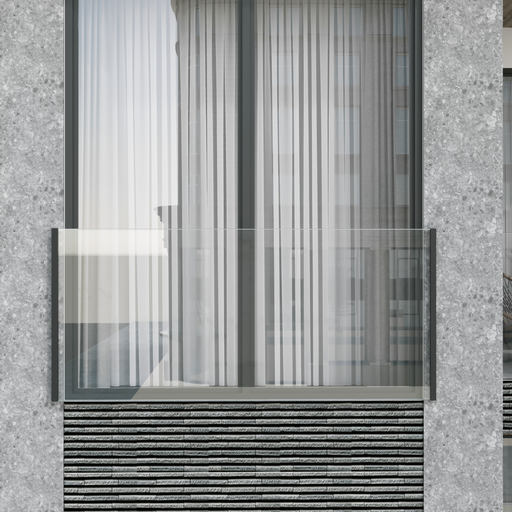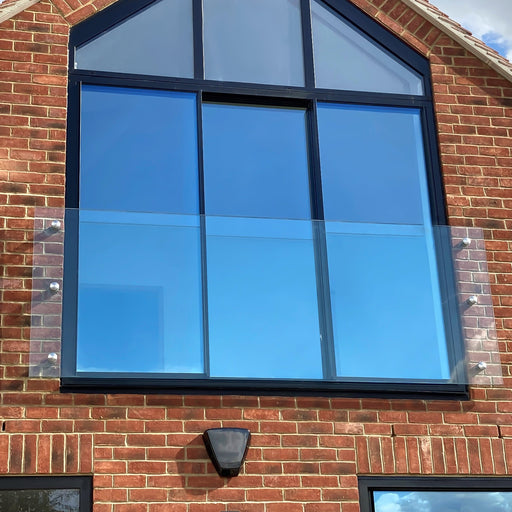Call 020 8500 1188

Updated Building Regulations Part L & Part F
From the 18th of January 2021 to the 13th April 2021, the government held a public consultation to discuss planned changes to the Building Regulations, the second phase of a 2-part consultation. The outcomes of this consultation have paved the way for a more sustainable future by establishing criteria for energy-efficiency and improved ventilation in non-domestic buildings, existing homes, as well as combatting overheating in residential buildings.
The regulation changes are part of a wider goal to ensure all new build properties are zero carbon ready in line with the UK’s aim to reduce carbon emission to zero by 2050.
Key Takeaways

The most notable changes involve Part L and Part F of the Building Regulations that discuss energy efficiency and ventilation in domestic and non-domestic buildings.
Compliance with Part F of the Future Home Standard Regulations has been a legal requirement since 2010. However, changes include at least a 31% reduction in carbon emissions in new build properties and at least a 27% reduction for commercial buildings, effective from the 15th June 2022.
For new dwellings, air tightness testing will be mandatory, therefore properties will need to consult these new regulations for guidance on ventilation requirements.
Key updates to Part L of the regulations require that all new and replacement heating systems are designed to operate with a maximum flow temperature of 55 or below.
Under the Part L 2022 changes, U-Values for windows and doors must reduce from the current 1.6W/m2K to 1.4 W/m2K in new builds with an expected goal of 0.8 W/m2K by 2025. These regulations will come into effect from the 15th June 2022 so it is imperative that your projects are fully compliant before this date. For further information on compliance, visit gov.uk.
Who will these changes affect?
These new regulations will primarily affect those building, renovating or extending new build homes from the 15th of June and responsibility to comply will lie with installers.
They will also affect anyone undertaking projects in commercial buildings, non-domestic spaces, and existing homes. Those undertaking self-build and home improvement projects will also need to adhere to these new regulations.
DISCLAIMER: For informational purposes only. We take no legal responsibility for any of the content in this article that might be outdated or inaccurate.
Products you might like
Juliet Balcony, Toughened Laminate Glass with Fittings
From13mm, 17mm & 21mm Juliet Balcony - Toughened Laminate Glass with Fittings. Glass is toughened and laminated together with EVA waterproof ...
View full detailsFrameless Free Standing Leaner Mirror
FromFrameless Free Standing Leaner Mirror - 6mm with polished edges - Silver (also available in Grey, Bronze or Antique Bronze) All glass manufac...
View full details Save up to £161.89
Toughened Laminate Glass Juliet Balcony & Top Mount System (White, Grey OR Black)
Save up to £161.89
Toughened Laminate Glass Juliet Balcony & Top Mount System (White, Grey OR Black)
Toughened Laminate Glass Juliet Balcony & Top Mount System (White, Grey OR Black)
FromToughened Laminate Glass Juliet Balcony & SkyForce Top Mount System (White, Grey OR Black Matt Finish)Skyforce is the first almost in...
View full detailsFrameless Free Standing Arch Leaner Mirror
FromFrameless Free Standing Arch Leaner Mirror - 6mm with polished edges - Silver (also available in Grey, Bronze or Antique Bronze) All glass ma...
View full details8mm Toughened Glass Bath Screen with Brass Hinges
FromFrameless Glass Bath Screen with brass hinges for 8mm glass. Includes hinges, base & wall seal and clear 8mm clear toughened glass panel.Hinge...
View full details




